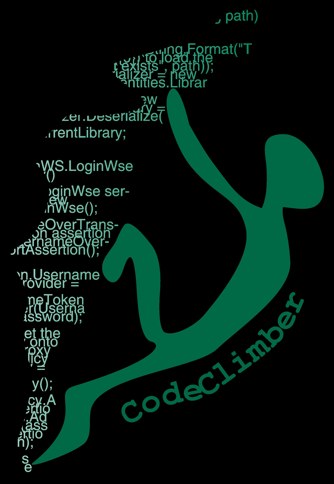This news it’s a few days old, but if you hadn’t heard of it yet, Twitter is going to be available in more languages: not only English and Japanese, but also Italian, French, German and Spanish. The cool thing is that the interface is not being translated by a team of professional translators but by a selected number of users. And I’m happy to have been invited to help the translation of Twitter to Italian (notice the “Translator Badge” at the top right corner of my profile page on Twitter).
There are many considerations that can be done about this project, from different point of view.
The business side
First of all this will help Twitter spread more in non English-speaking countries like Italy. Since Facebook was translated in Italian, the number of Italians on Facebook grew exponentially (there are now 18 millions of Italian on Facebook, 1/3th of all the Italians). So probably the same will happen with Twitter as well.
The social side
Then another interesting thing is that they are exploiting the community of users, using the approach called Crowdsourcing, which is outsourcing the solution of your problem not to an external contractor but to a “crowd”. This concepts is already widely adopted in the online communities. There are many advantages in this approach, the most of important being the fact that many people can collaborate to create the best translation possible, without the usual “weird” translations that we see in localized software.
If you are interested in helping, you can ask to become a volunteer. And you can even volunteer to translate to a different language that it’s not being translated yet, like Farsi or Danish.
Another point of interest is how they shared the effort among the volunteers: they didn’t. Everyone can translate everything and when there will be enough translations, the more frequent will be the official ones. And probably other volunteers will be invited later to help evaluate the best translations.
The tech side
Let’s go to the technology side of things. The application they developed to translate the site is great: it’s not the usual list of placeholders and English sentence, but it is a very nice visual UI, with a textbox that appears inside a tooltip pointing to the text to be translated, on the actual page. There is a nice video on YouTube that shows how Twitter translate works.
It would be cool if they could opensource the translation application to help other developers localize their own apps using the same crowdsourcing approach.
Finally it’s funny to have a look at how Twitter developers organized the strings of text: like all the application we develop to be localizable, there are many “placeholders” for the same text, or sometimes you find hardcoded strings (like “5 minutes ago” where you can translate ago, but not minutes).But I’m pretty sure all these small issue will be addressed in future releases of Twitter.
The linguistic side
Translating from English, especially single terms or short sentences is difficult. Unlike English, many languages have genders, declination of verbs, verbs cannot be transformed in nouns just by adding a –er at the end, or nouns cannot be used also as verbs (like “to message to”). For example “you are followed by” needs to be translated based on the the sex of the user: “sei seguito da” for male and “sei seguita da” for female. And also the term “follower” doesn’t have a counterpart in Italian that doesn’t involve at least 2 words. But we have a great team and are having great discussions, so I’m pretty sure we will come out with a great translation. And if that doesn’t happen, well, you know who to blame for it.
Wrapping up
It’s great to see Twitter exploiting the community to translate it’s UI in different languages, and I’m very proud of being part of this team.
